
Watch the label: Safe sunscreen ingredients vs what to avoid
Summers have already set in, but are you ready to beat the heat and the harmful rays of the sun? If you think only applying sunscreen will do the trick, you are partially wrong. You need to also consider the ingredients of the product before purchasing. Using the wrong ingredients can adversely affect your skin. Hence, it is essential to choose the ingredients carefully, considering your skin type. This article will explore the different sunscreen ingredients and distinguish between the safe and harmful ones.
Decoding common sunscreen ingredients
It is very important to consider the constituents of the sunscreen you are applying. While some ingredients might be harmful to a particular skin type, some ingredients are generally harmful to the skin. Different sunscreens might contain different ingredients, but some common ingredients are present in all the products. This section will look at the various ingredients commonly present in sunscreens.
-
Tinosorb S and M
This ingredient is majorly found in chemical sunscreens. This antioxidant can resist the harmful effects of the sun's UVA and UVB rays. Moreover, it can also aid in stabilising various sunscreen filters. Only a 10% concentration of this ingredient is allowed in the product. Tinosorb S and M are banned in the USA since there is insufficient information about their properties and effects on the human skin. However, it is actively used in countries like Australia, Japan, and Europe.
-
Mexoryl SX
This is also a very common ingredient in chemical sunscreens that help prevent the UVA1 rays from penetrating the skin. This ray is majorly responsible for causing skin ageing. Mexoryl SX has been proven to effectively combat UVA1 and protect the skin from other skin damage. The ingredient is open to use in all countries across the globe, from the USA to Japan. However, it is prohibited for children below six months. Choose one that integrates Mexoryl SX with Avobenzone for the best results.
-
Oxybenzone
Oxybenzone is a common ingredient of physical sunscreen that can block the sun's UVA and UVB rays. UVA rays are majorly known to cause skin illnesses like melanoma or skin cancers. UVB rays on the skin can cause skin burns and other skin diseases.
Except for Hawaii, Oxybenzone can be easily used by up to 6% in the USA, Europe, and Australia. Hawaii has refrained from using this ingredient because of environmental pollution (unsafe for corals). However, sunscreens with Oxybenzone are not the best option for those with sensitive skin. The ingredient might cause skin irritations, itching, redness, etc.
-
Octinoxate
This is mainly found in chemical sunscreens and helps effectively deal with sun damage like tanning, redness, etc. The ingredient can be used up to 7.5% in sunscreens. Products that combine octinoxate and Avobenzone are more beneficial. Since the combination becomes a broad-spectrum sunscreen that shields the skin from UVA and UVB rays. It is banned in Hawaii regarding environmental issues, along with other countries like Key West (Florida) and Palau.
-
Avobenzone
Avobenzone is not competent enough to combat the UV rays since it loses a major percentage of its filtering abilities when exposed to the sun for more than an hour. Hence, it is termed as an unstable filter. However, when used with other ingredients like Octinoxate, Mexoryl SX, Zinc oxide, etc., it exhibits the properties of broad-spectrum sunscreens.
The ingredient is not banned in any country but is used under a few restrictions. For instance, you cannot combine this ingredient with zinc oxide or titanium dioxide in the US.
-
Titanium dioxide
This ingredient is a common constituent of physical sunscreens and can be considered a broad-spectrum filter. However, it does not block the UVA1 rays. This ingredient has been proven and clinically tested to protect the skin against sun rays.
However, there are various restrictions on the form of usage. The powder and spray form of the ingredient is discouraged as it can be carcinogenic. However, since the ingredient is white, the product can leave a whitish cast on people with darker undertones.
-
Zinc oxide
This is another major component of physical sunscreen, which can be used up to 25% in a product. It is clinically tested to be extremely beneficial in resisting harmful UV rays. Selecting products like Mineral Matte Tinted Sunscreen with an optimum Zinc Oxide content is necessary to combat the scorching sun. As this is a photo-stable filter, it is suitable for every skin.
-
PABA
Though PABA is a strong UVB absorber, it has shown few toxic properties. It is proven unsuitable for sensitive skin types and can cause allergic dermatitis. Hence, it is best to avoid PABA-integrated sunscreen.
Also read: What is PABA: Meaning, uses, and side effects of PABA
What are some safe sunscreen ingredients?
Various skin types can negatively react to different ingredients present in sunscreen. Hence, you must choose the proper ingredients for sunscreen to function effectively. Some of the safe sunscreen ingredients that can be used with any skin type are,
-
Mexoryl SX
This ingredient is a must for all sunscreens as it shields the skin from harmful UVA rays, which are responsible for health hazards like skin cancer.
-
Avobenzone
This is the best chemical filter but requires integration with other stable filters like Mexoryl SX to earn better stability. This is less likely to cause skin irritations for sensitive skin than the others.
-
Zinc oxide
This is the best ingredient suitable for all skins and can be used multiple times daily without any adverse effects. Moreover, it does not leave a white cast on the skin like many others.
-
Titanium dioxide
Another fundamental element of sunscreen is titanium dioxide. This is also compatible with all skin types. Especially for sensitive skin, using sunscreen with zinc oxide and titanium dioxide is paramount.
What sunscreen ingredients to avoid
While few ingredients are incompatible with certain skin types, some ingredients are harmful overall for the skin. These four major sunscreen ingredients to avoid are as follows,
-
Paraben
In a simplified term, paraben is a cosmetic preservative. Hence, prolonged exposure to this ingredient can cause long-term health hazards. Hence, choosing paraben-free sunscreen for regular use is advised.
-
Homosalate
This ingredient is often responsible for causing skin irritations and allergic reactions. Hence, it is best to avoid it, especially those with sensitive or acne skin type, because this might escalate your skin condition.
-
PABA
This is likely to cause itchiness and redness to the sensitive skin. However, several times, it has also affected regular skin.
It is not difficult to find PABA-free products when you have something like the Dewy Hydrating Hybrid Sunscreen SPF 50+ from Pink Foundry. With its 'PABA-free nature and ingredients, this product can give your skin the perfect sunscreen shield it needs.
-
Fragrance
Fragrances in sunscreen can contain allergens and irritants that can adversely affect the skin. Hence, try to opt for fragrance-free sunscreens for the best results.
Conclusion
The ingredients in your sunscreen can compel your skin to react dramatically if you are not careful. Hence, everyone needs to consider the product's constituents critically before purchasing. Make sure that you are avoiding ingredients that can trigger skin disorders.
Also read: How to use Sunscreen every day in Right Manner?
FAQs:
-
What is the best sunscreen for sensitive skin?
If you have sensitive skin, choose sunscreen without fragrance, PABA and Oxybenzone
-
What are sunscreen ingredients to avoid?
Avoid constituents like Paraben, PABA, Homosalate and Fragrance
-
What are the two ingredients to look for in sunscreen?
Your sunscreen must contain Zinc Oxide and Titanium Dioxide.

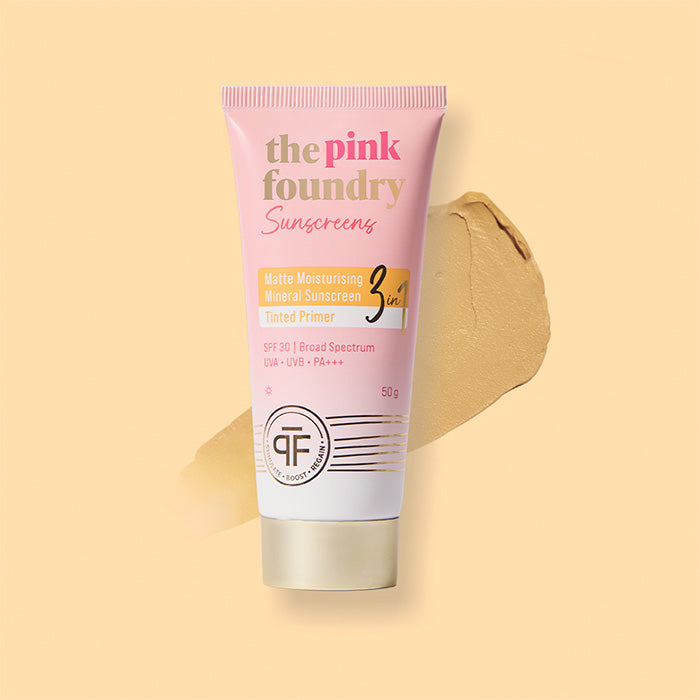
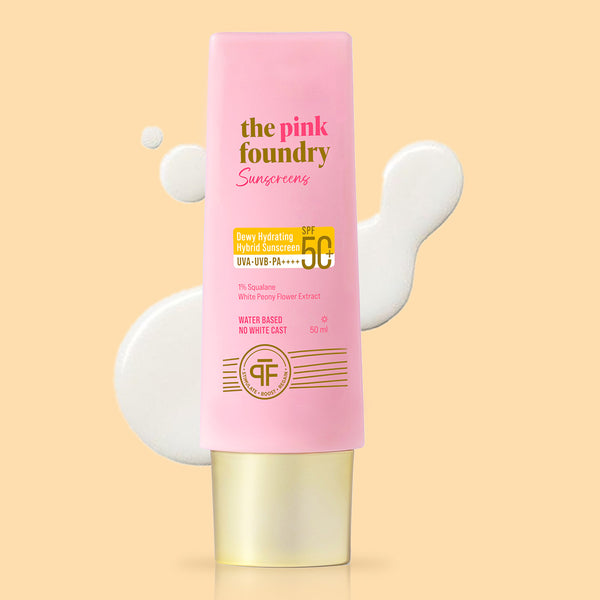
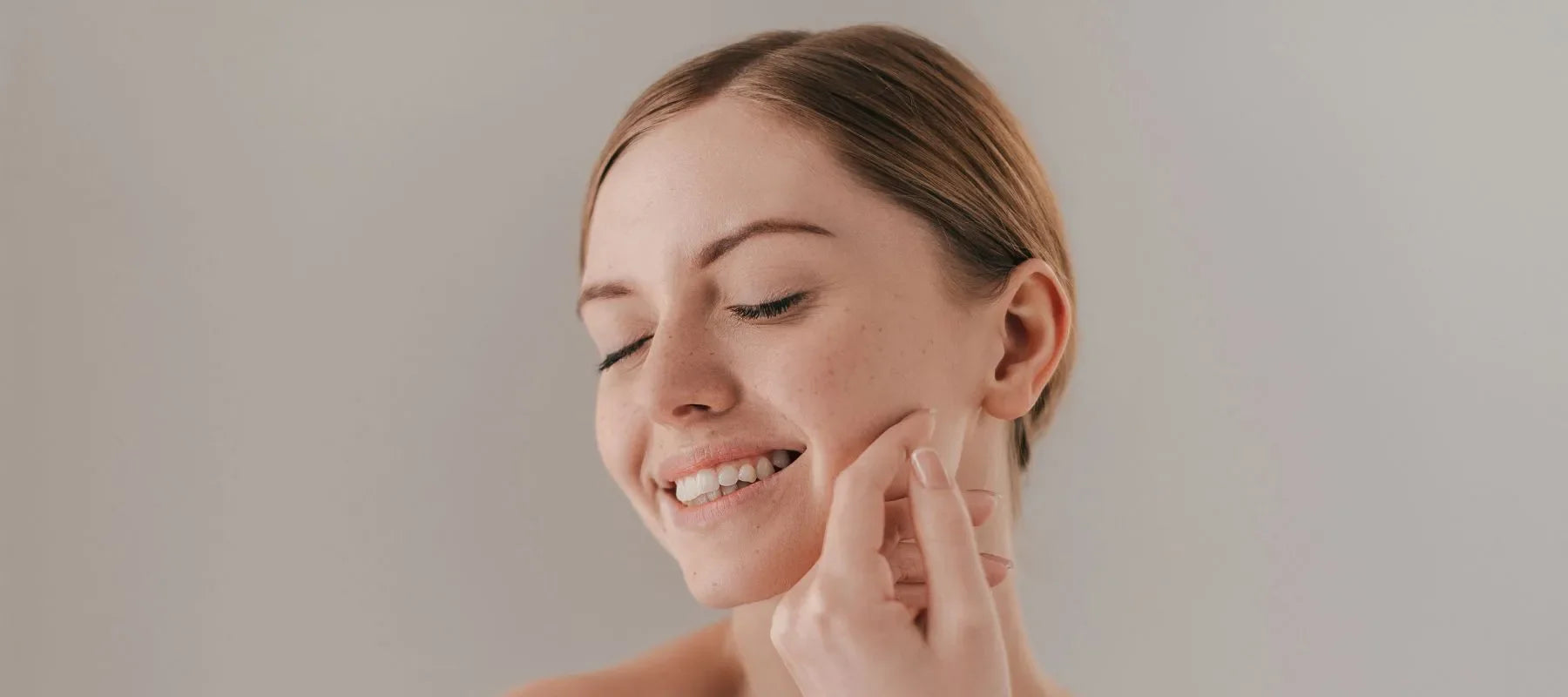


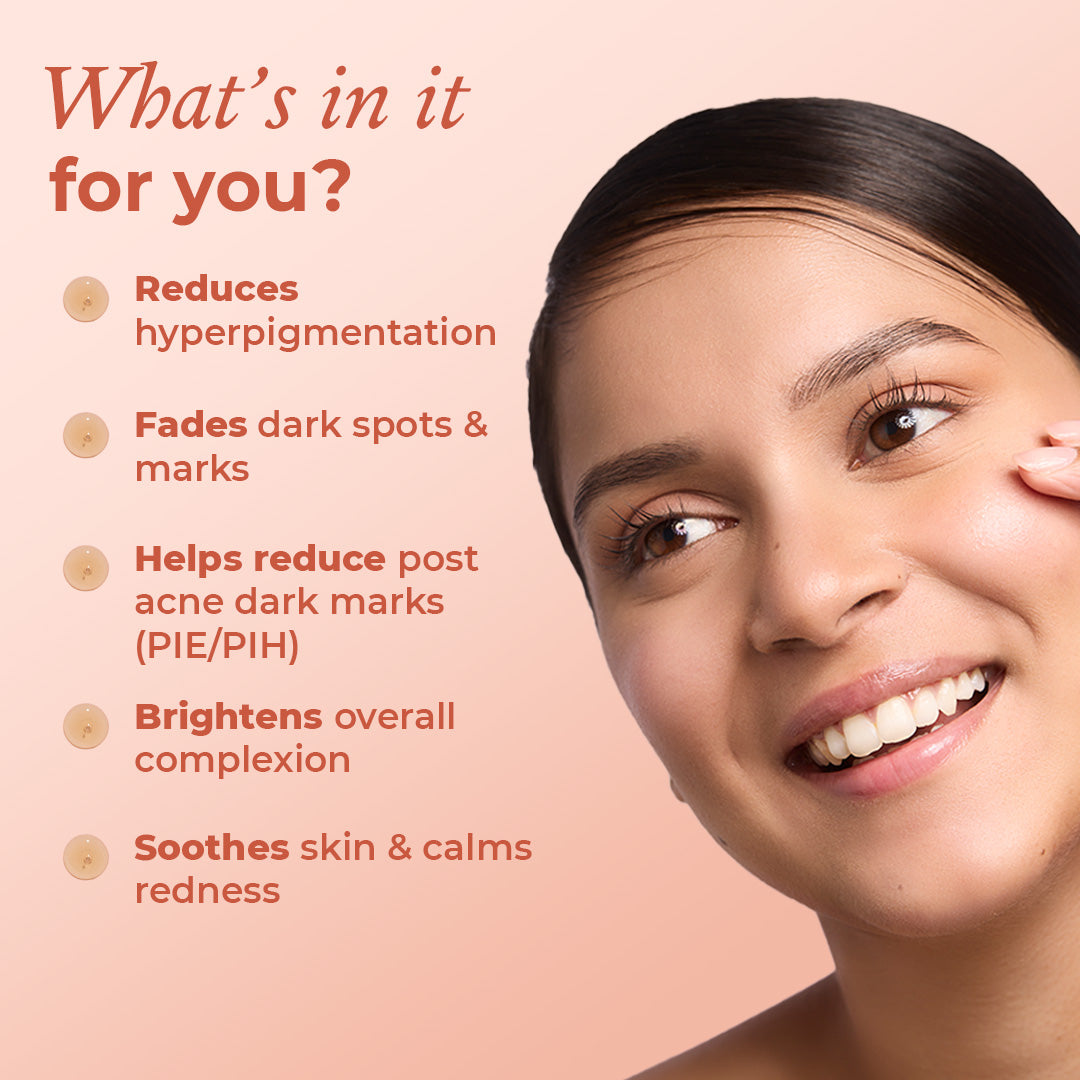

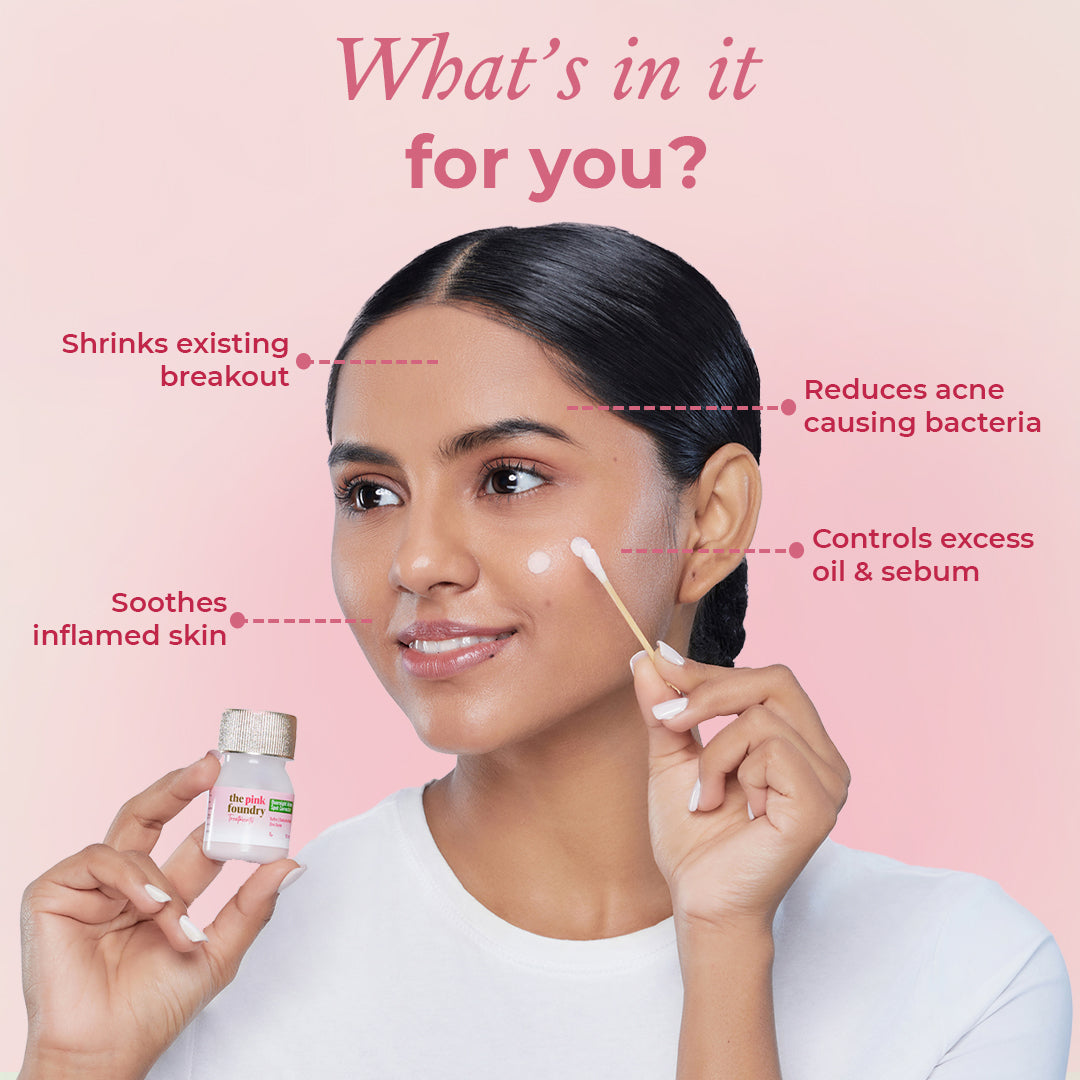
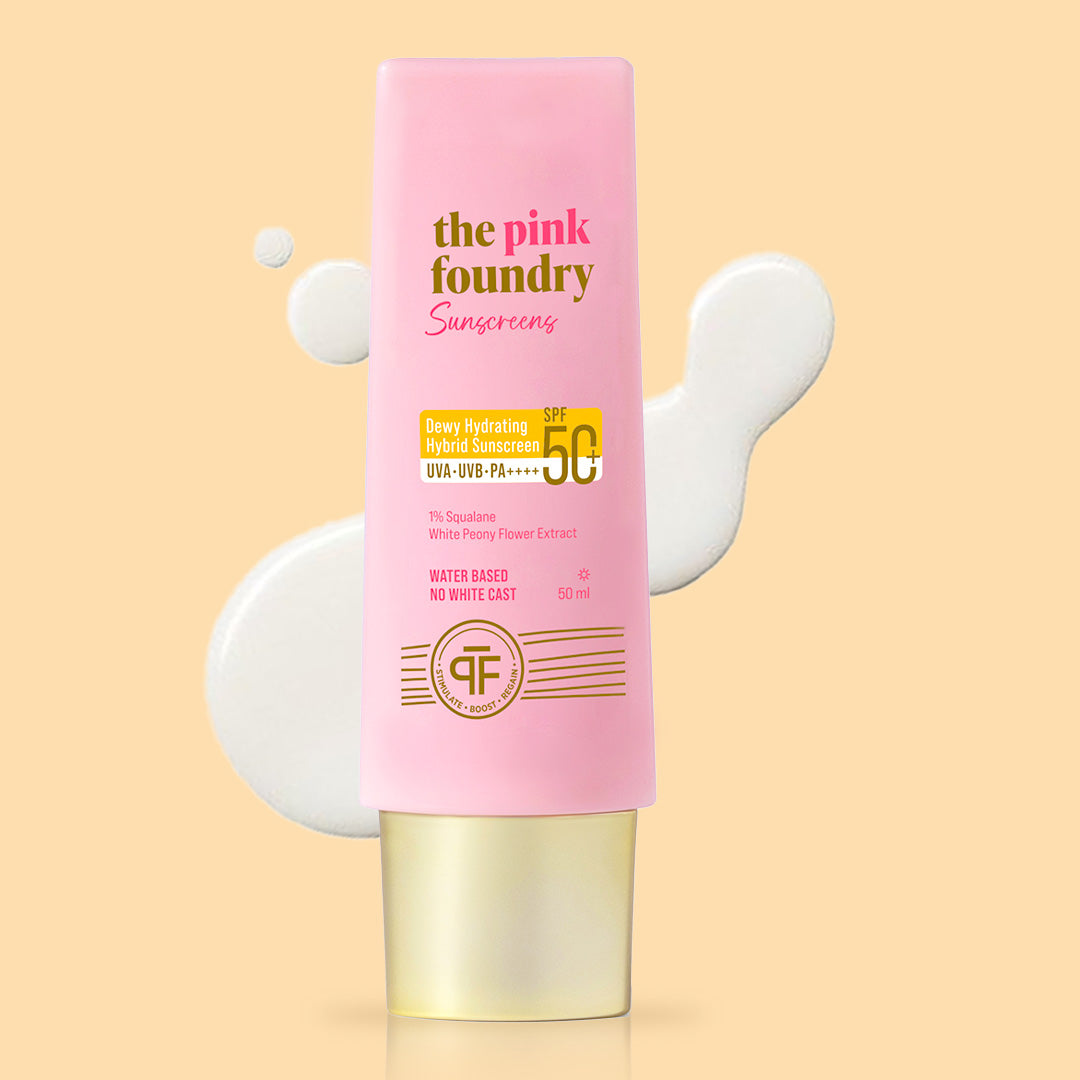
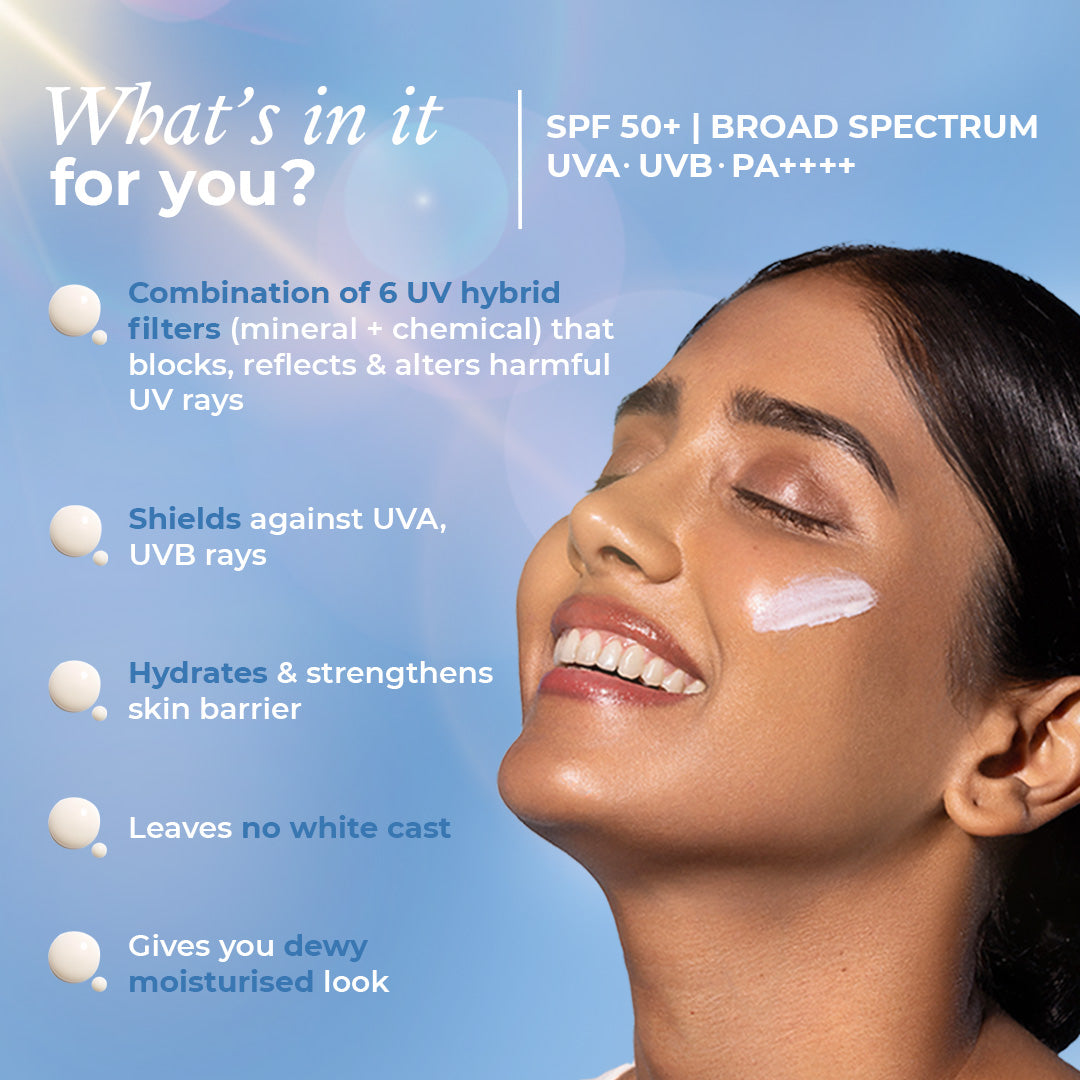
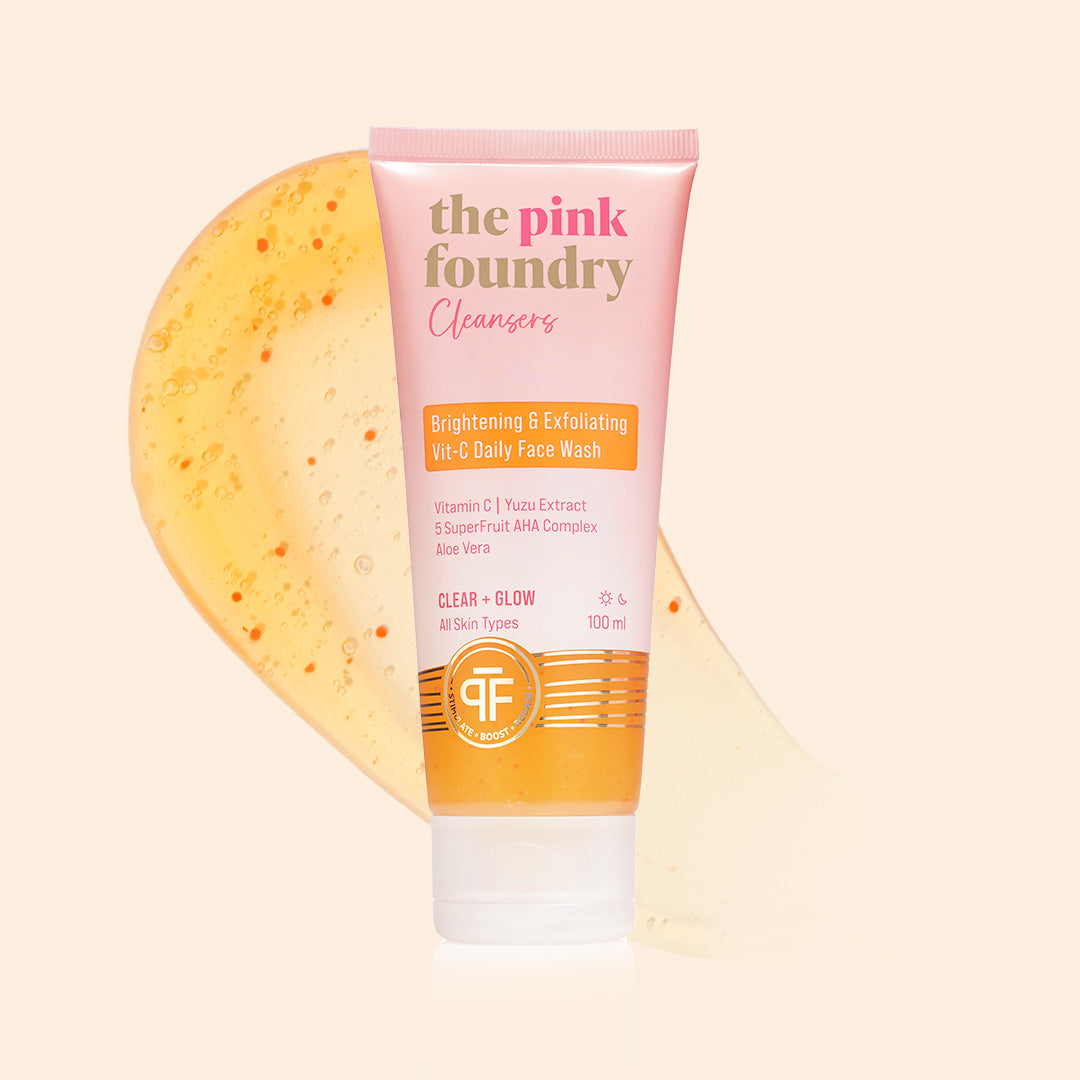
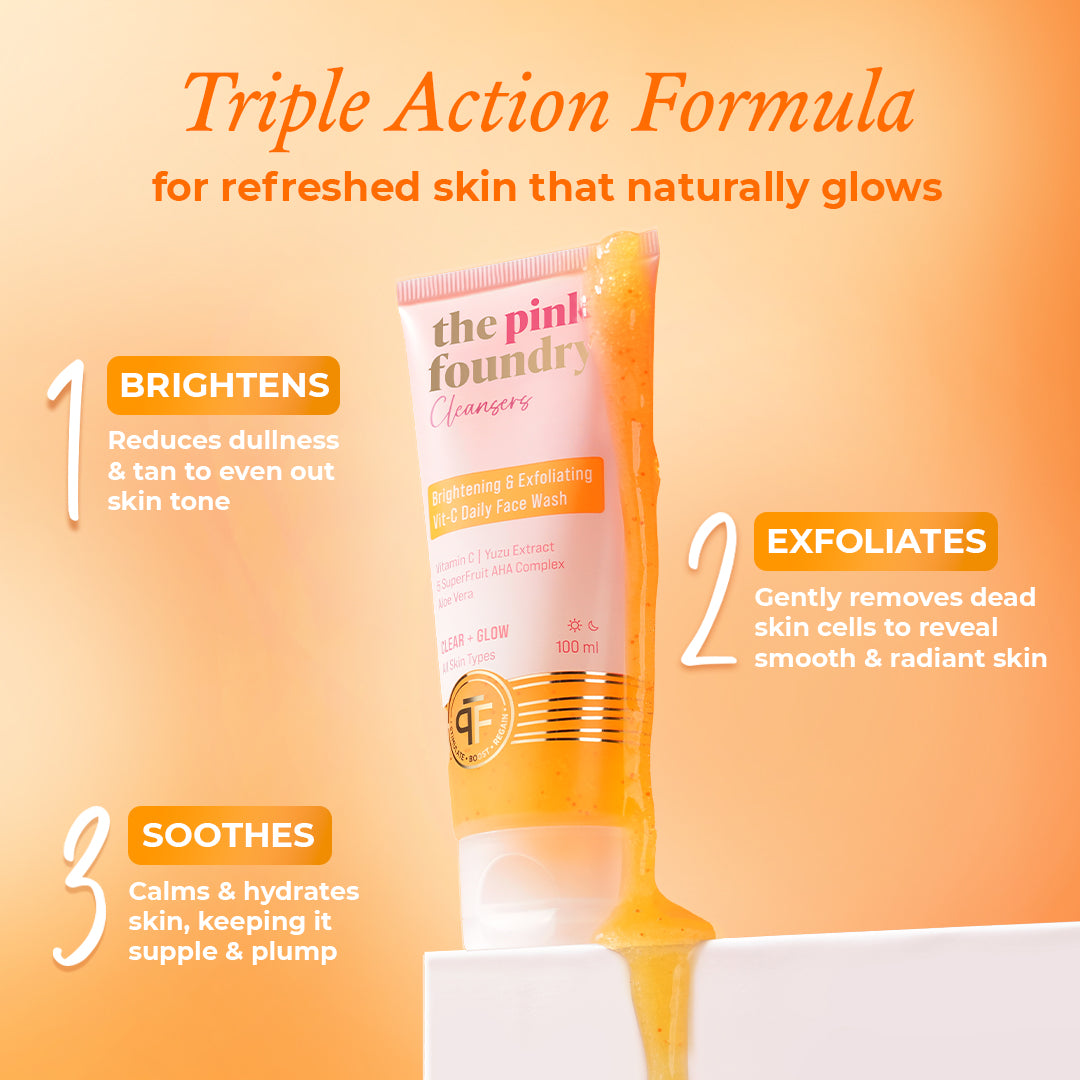
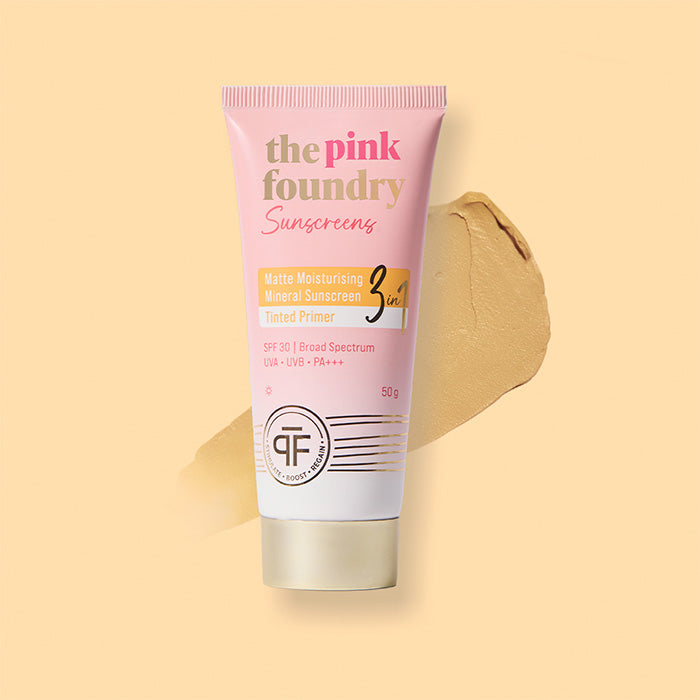
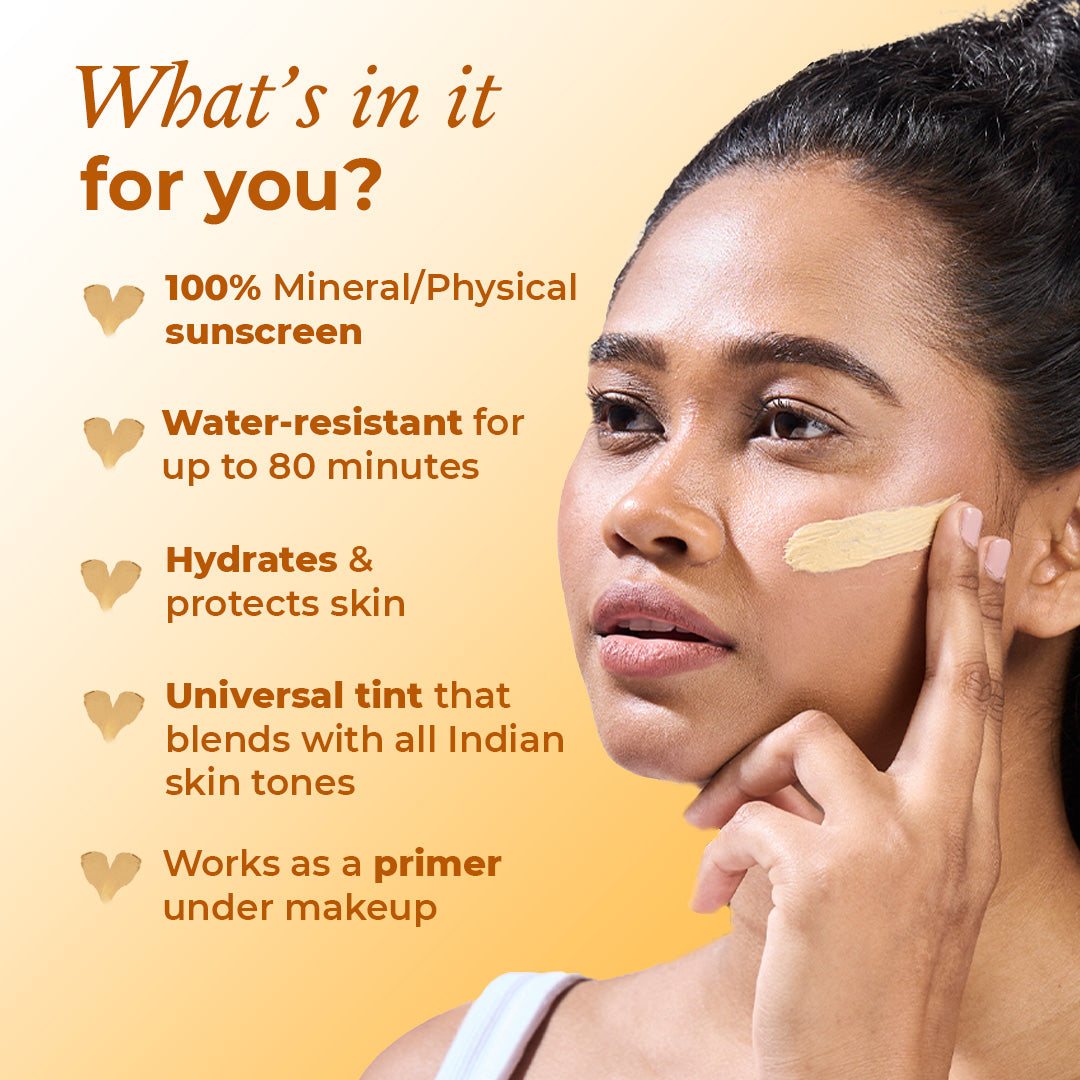
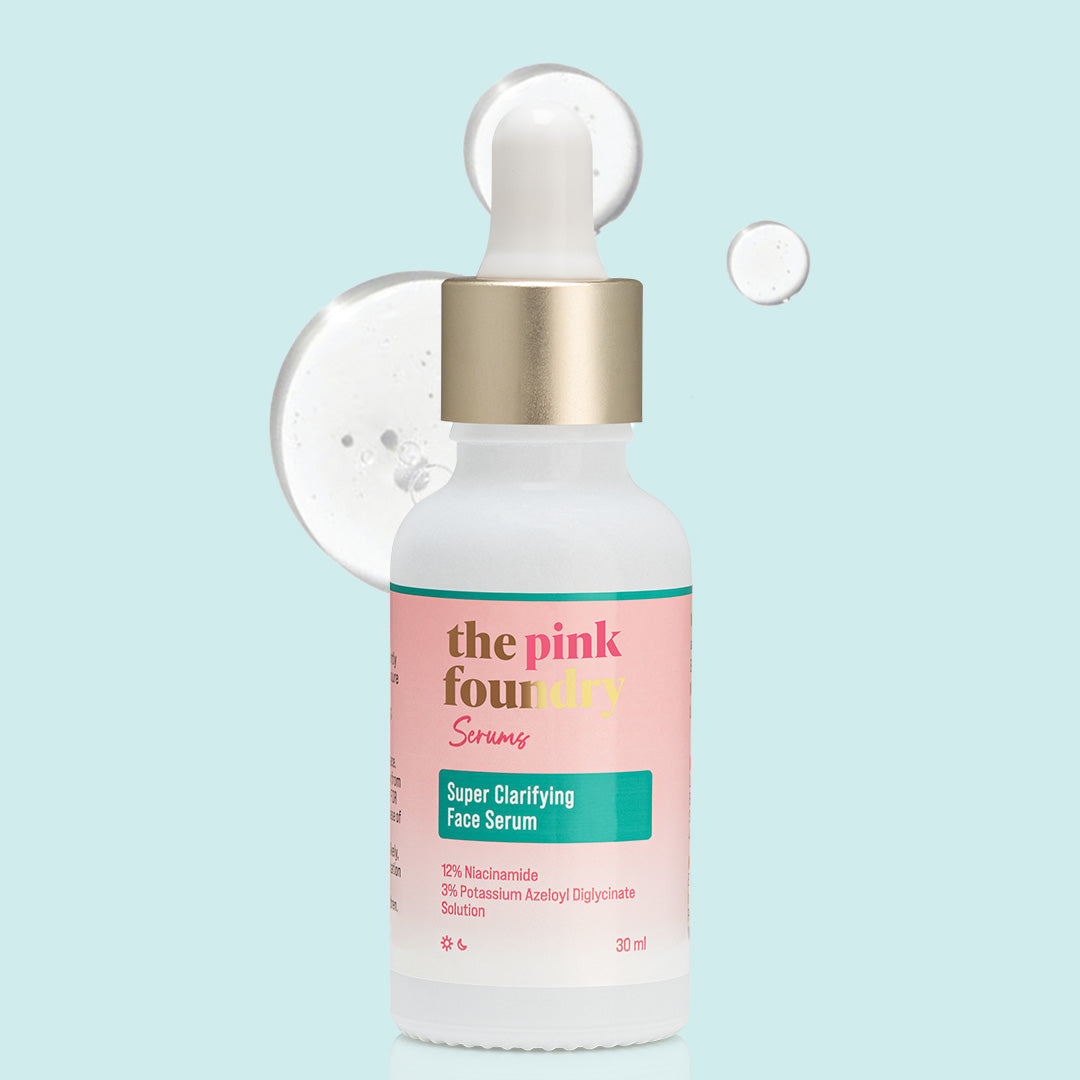
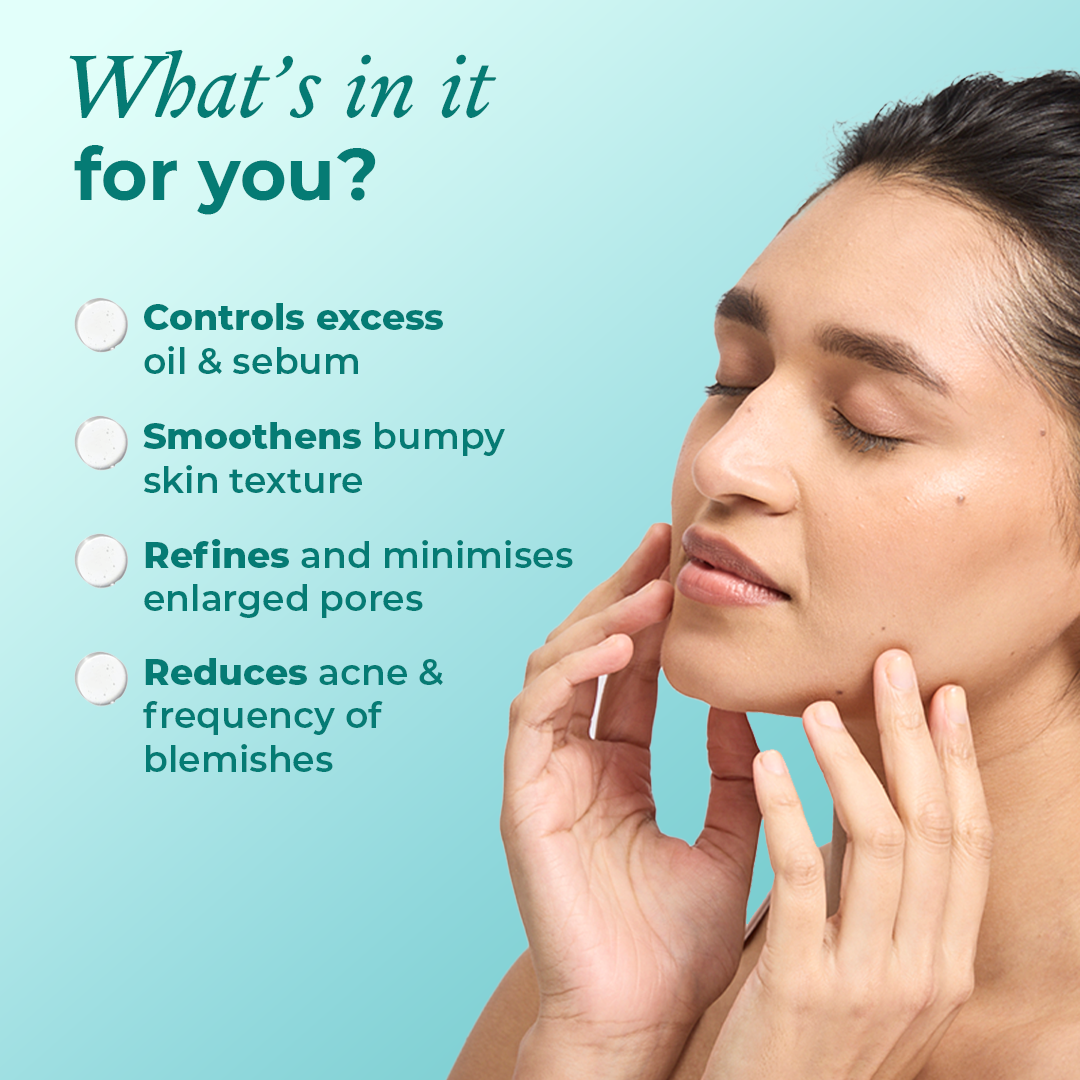

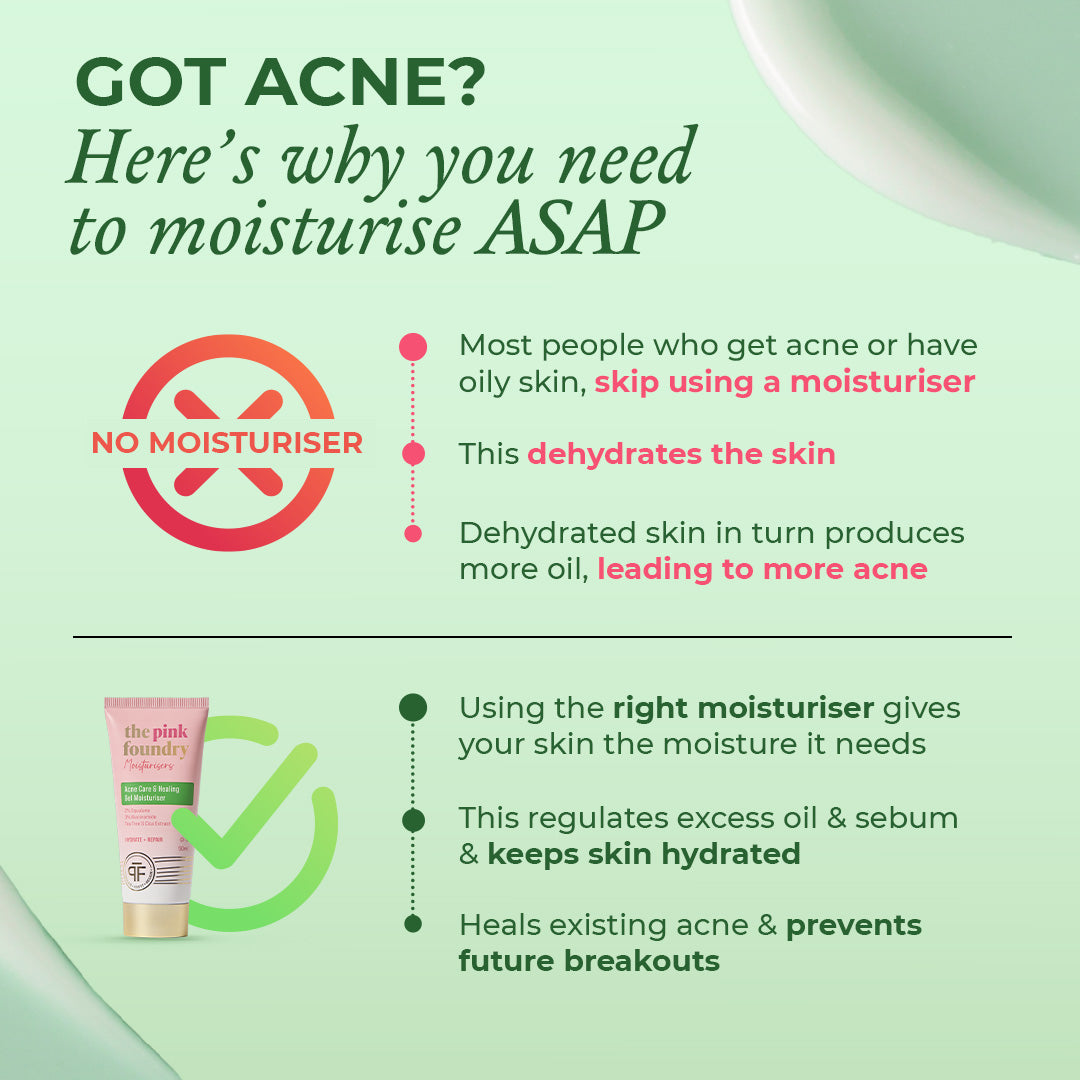
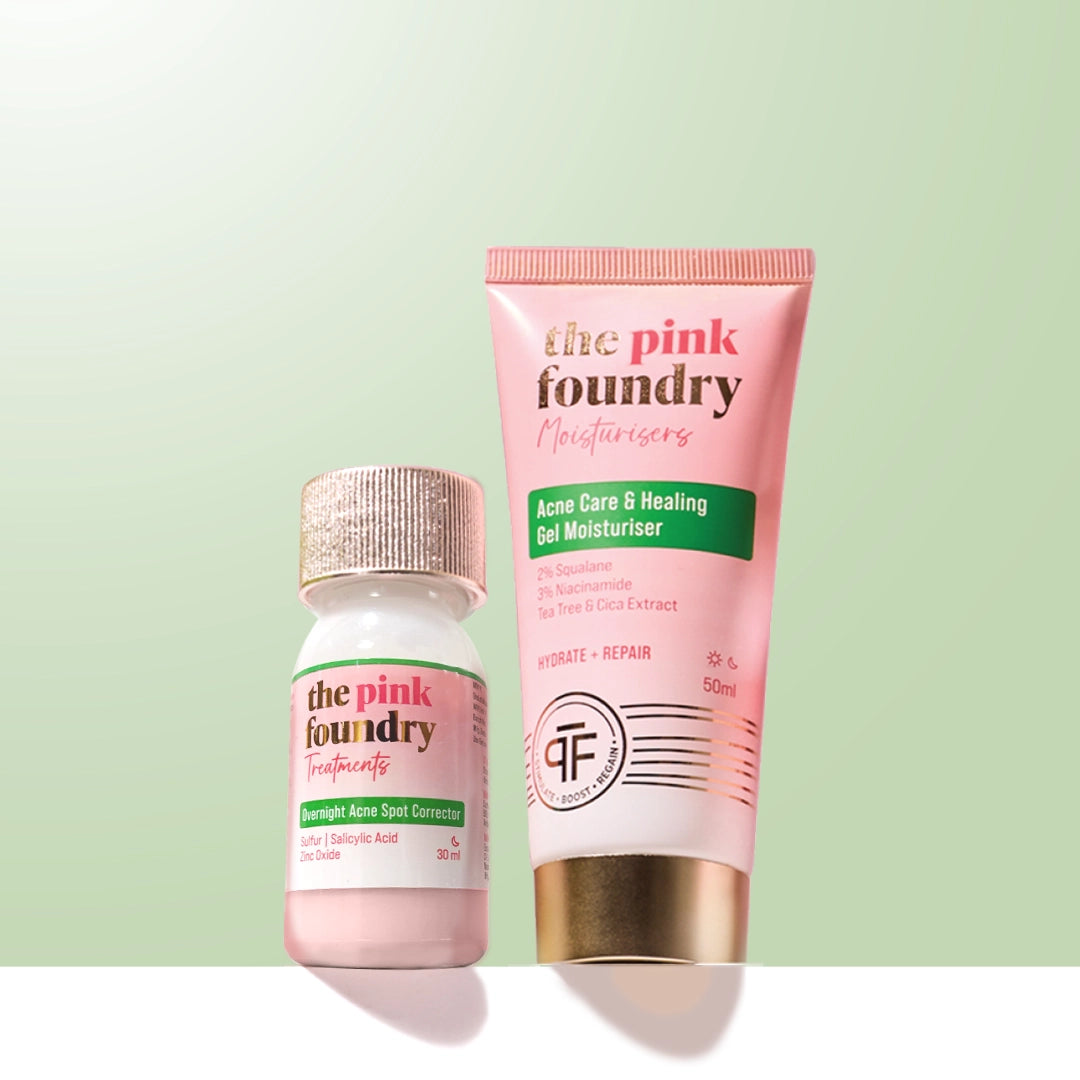
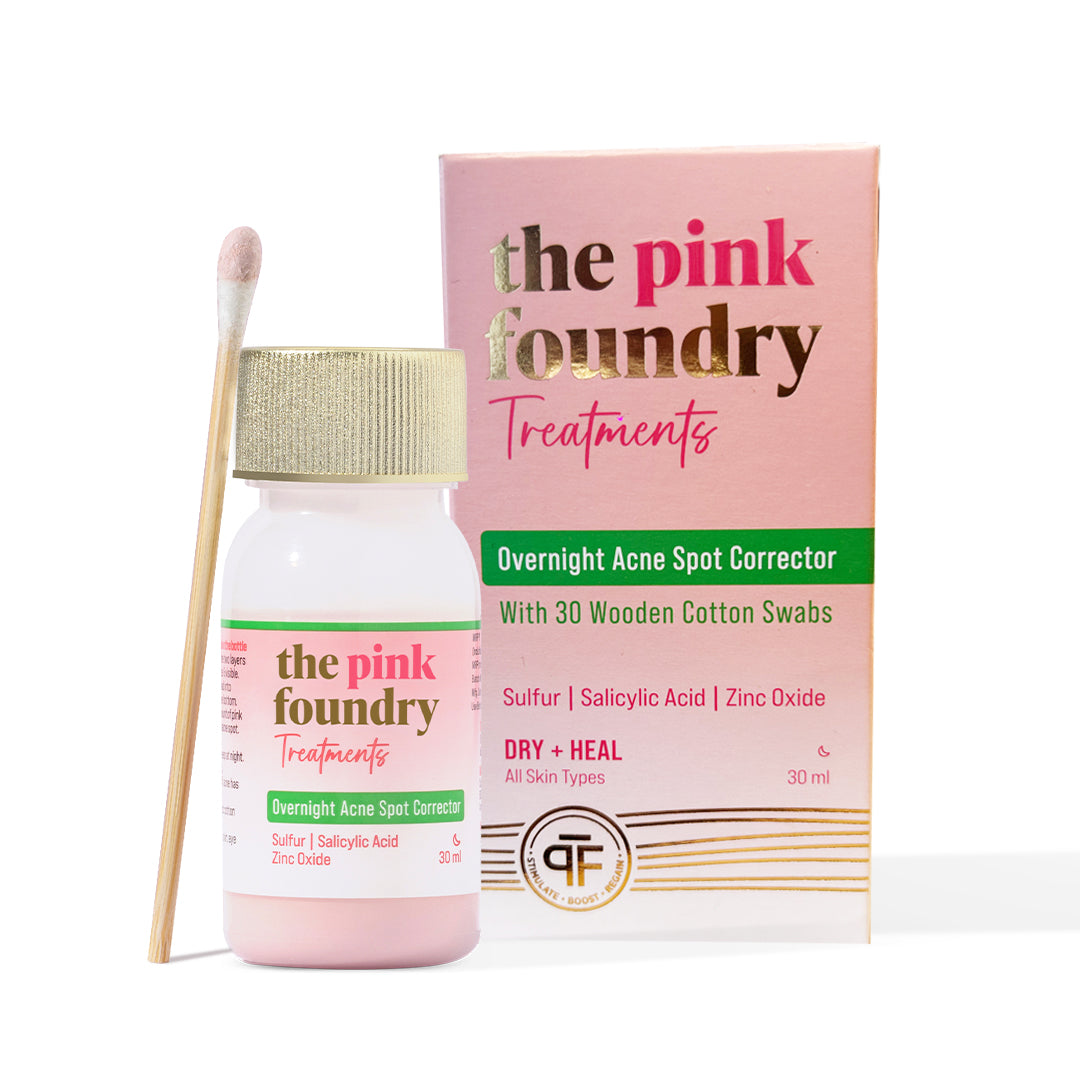
Leave a comment
This site is protected by hCaptcha and the hCaptcha Privacy Policy and Terms of Service apply.